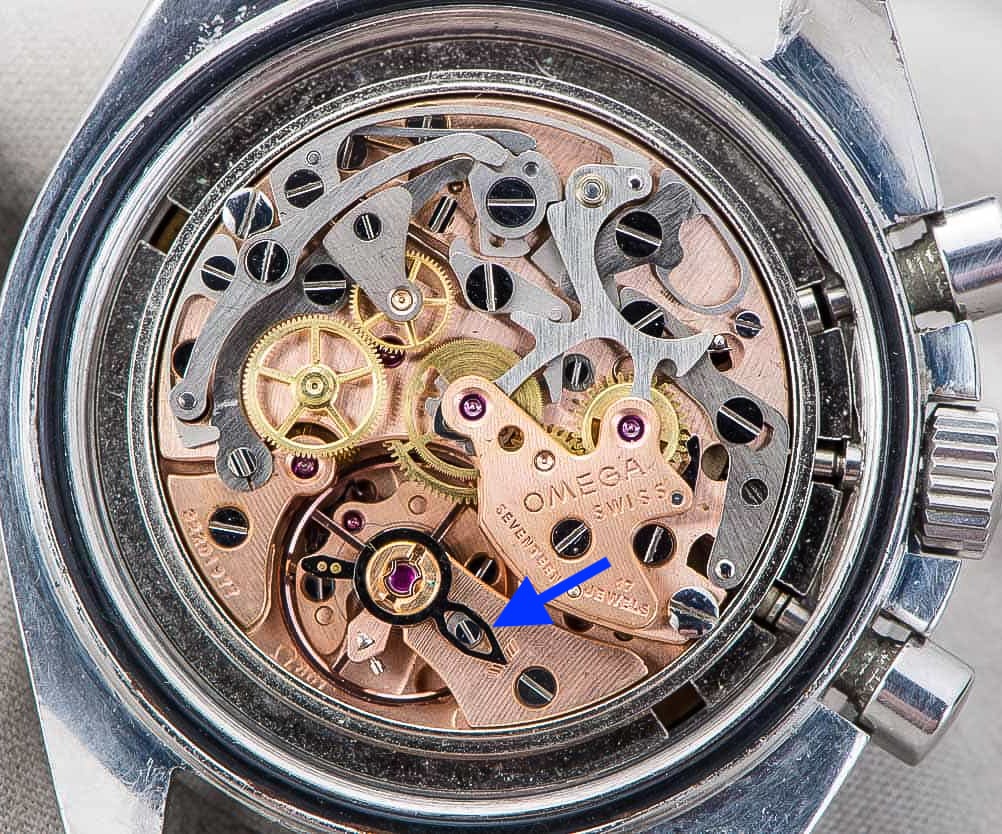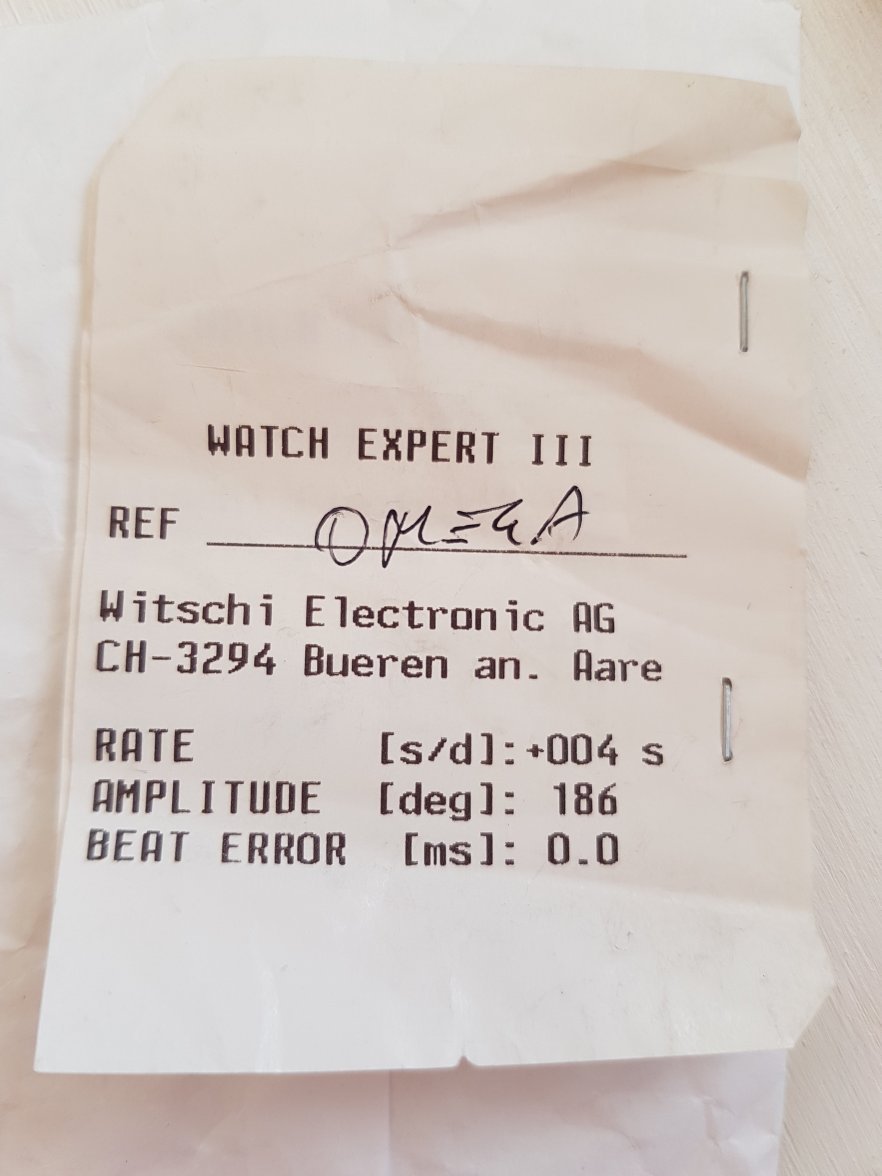plttvmt
·Hi all,
I would like to tweak the timing on my Omega 861 movement (Speedy Mk II) to slow it down a bit (gaining ~15 seconds per day), I would like to ask experts here if it is sufficient to move the screw indicated with a blue arrow in the attached photo, and in which direction, clockwise or counterclockwise, or any other useful info/indication to proceed safely and correctly.
Please note that at the moment it is impossible to take to watch to a professional, I am asking this also for personal knowledge, I am perfectly aware of the care and of the caution necessary for proceeding with such actions and of the consequences on my watch of even small errors (I did it on several other watches without harming them), and I also state that I am >18 y.o. 😀
Thank you in advance for any help
I would like to tweak the timing on my Omega 861 movement (Speedy Mk II) to slow it down a bit (gaining ~15 seconds per day), I would like to ask experts here if it is sufficient to move the screw indicated with a blue arrow in the attached photo, and in which direction, clockwise or counterclockwise, or any other useful info/indication to proceed safely and correctly.
Please note that at the moment it is impossible to take to watch to a professional, I am asking this also for personal knowledge, I am perfectly aware of the care and of the caution necessary for proceeding with such actions and of the consequences on my watch of even small errors (I did it on several other watches without harming them), and I also state that I am >18 y.o. 😀
Thank you in advance for any help
Edited:

